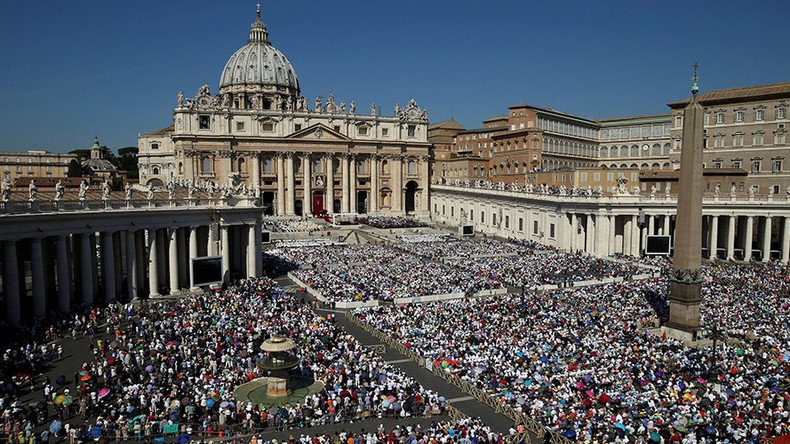Mass extinction: Vatican embraces science to fight biggest threats to humanity

One in five species already face extinction on our planet, population growth projections are bewildering and climate change shows few, if any, signs of abating. Now, a group of experts are meeting to tackle the problem in the unlikeliest of venues.
Leading biologists, ecologists and economists from around the world have been invited to a conference in the Vatican this week, where the impending mass extinction event facing our planet will be addressed and possible solutions formulated.
“By the beginning of the next century we face the prospect of losing half our wildlife… The extinctions we face pose an even greater threat to civilisation than climate change – for the simple reason they are irreversible,” biology Professor Peter Raven, of the Missouri Botanical Garden told the Observer.
“That the symposia are being held at the Papal Academy is also symbolic. It shows that the ancient hostility between science and the church, at least on the issue of preserving Earth’s services, has been quelled,” said economist Sir Partha Dasgupta, of Cambridge University.
READ MORE: ‘Great world war for water’ may be looming, Pope Francis says
As a reference point, at present, approximately 60 percent of all primate species are now threatened with extinction with 75 percent witnessing a decline in population thanks largely to anthropogenic factors ranging from industrial agriculture encroaching on habitats to pollution and the spread and mutation of diseases.
“We have triggered a major extinction event. The question is: how do we stop it?” said biologist Paul Ehrlich, of Stanford University in California, one of the more controversial figures scheduled to speak at the event.
Given that the event is organized in part by both the Pontifical Academy of Sciences and the Pontifical Academy of Social Sciences, it seems rather unusual that such a major advocate of birth control as Ehrlich would be afforded a platform to speak.
Indeed, a petition with almost 11,000 signatures has already been submitted to prevent him from speaking at the event.
“The pope has not changed his mind, however,” Ehrlich told the Observer. He argues that the sweet spot for a sustainable human population in the long term is about 1 billion people in total.
READ MORE: Serious bees-ness: Pollinator drones could replace endangered insects
“However, if everyone consumed resources at the US level – which is what the world aspires to – you will need another four or five Earths,” he added.
However, new research by paleontologists suggests that our planet may recover from mass extinction events quicker than previously thought.
In a handful of locations around the world, scientists have discovered signs of complex ecosystems developing after the last great mass extinction event in approximately 1.5 million years.
Sadly, this doesn’t provide much hope for us humans but at least we know that the planet can thrive without us, regardless of how bad things get in the coming decades.












